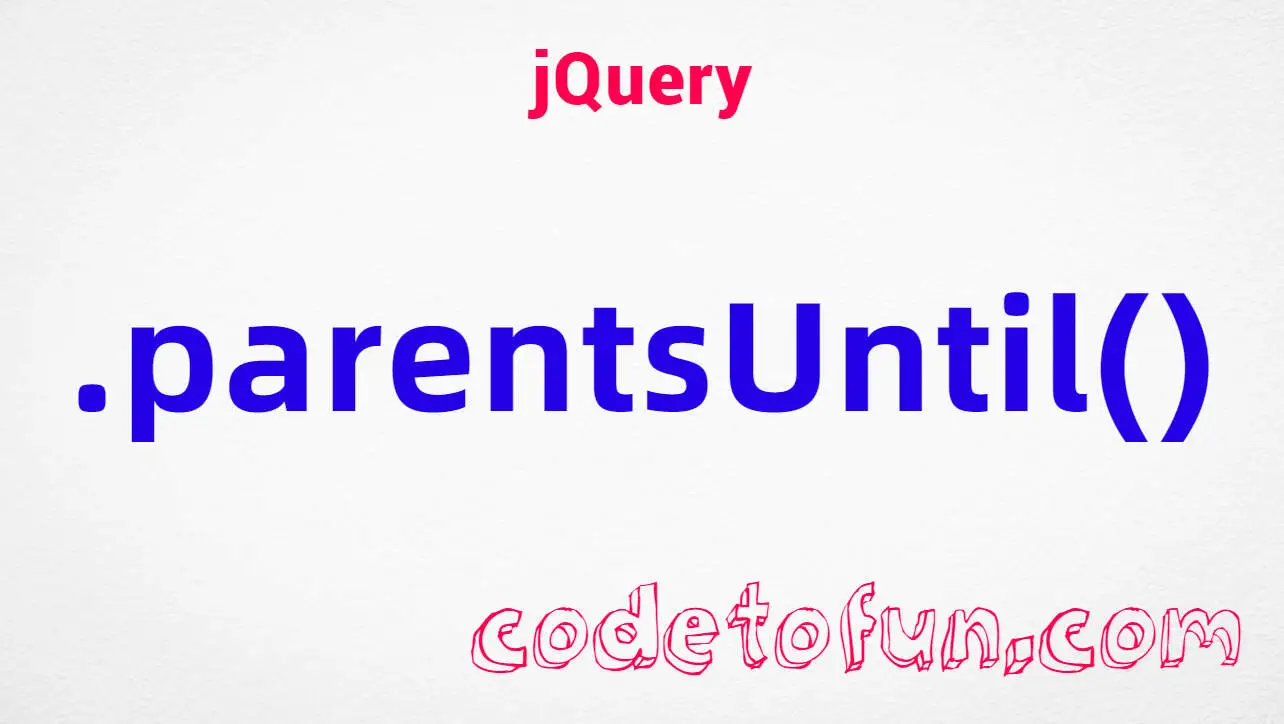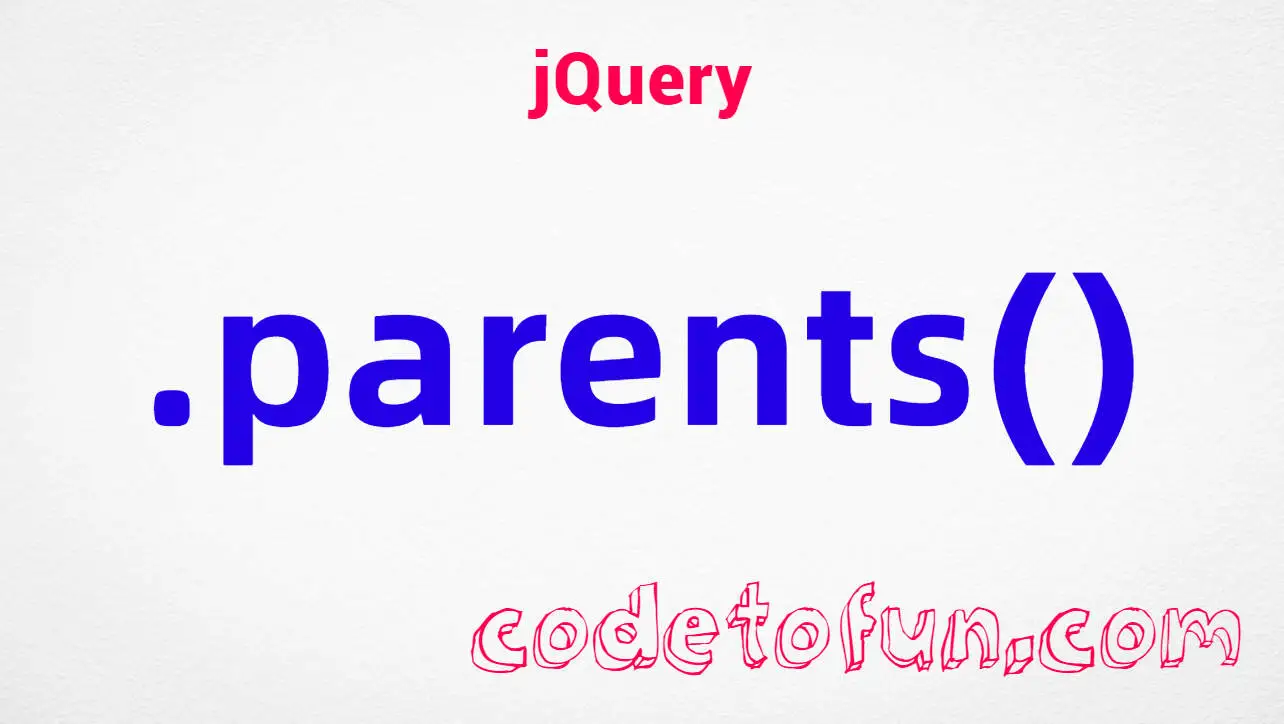
jQuery Selectors
jQuery ID (“#id”) Selector

Photo Credit to CodeToFun
🙋 Introduction
In the world of web development, jQuery stands out as a powerful library for simplifying JavaScript tasks. One of its fundamental features is the #id selector, which allows developers to target specific elements on a webpage with ease. Understanding how to leverage the #id selector effectively is crucial for building dynamic and interactive web applications.
In this guide, we'll explore the ins and outs of the jQuery #id selector through clear examples and practical explanations.
🧠 Understanding #id Selector
The #id selector in jQuery is used to select an element with a specific ID attribute. It enables you to directly target and manipulate individual elements on your webpage based on their unique identifiers.
💡 Syntax
The syntax for the #id selector is straightforward:
$("#id")📝 Example
Selecting Elements by ID:
Suppose you have an HTML element with the ID "myElement" and you want to select it using jQuery. You can achieve this with the
#idselector as follows:index.htmlCopied<div id="myElement">Hello, World!</div>example.jsCopied$("#myElement").text("Hello, jQuery!");This jQuery code will change the text content of the element with the ID myElement to Hello, jQuery!.
Applying CSS Styles to Elements:
You can also use the
#idselector to apply CSS styles to specific elements. For example, let's change the background color of an element with the ID "myElement":index.htmlCopied<div id="myElement">Hello, World!</div>example.jsCopied$("#myElement").css("background-color", "lightblue");This jQuery code will set the background color of the element with the ID myElement to light blue.
Handling Events on Elements:
jQuery makes it easy to attach event handlers to elements selected by their IDs. Here's an example where we alert a message when a button with the ID "myButton" is clicked:
index.htmlCopied<button id="myButton">Click Me</button>example.jsCopied$("#myButton").click(function() { alert("Button clicked!"); });Dynamically Generating IDs:
If you're working with dynamically generated content and need to select elements with dynamically generated IDs, you can still use the
#idselector. Just ensure that you construct the ID string dynamically in your jQuery code.
🎉 Conclusion
The jQuery #id selector is a versatile tool that allows you to target and manipulate specific elements on your webpage effortlessly. Whether you need to select elements, apply styles, handle events, or work with dynamically generated content, the #id selector provides a straightforward solution.
By mastering its usage, you can enhance the interactivity and functionality of your web applications with ease.
👨💻 Join our Community:
Author

For over eight years, I worked as a full-stack web developer. Now, I have chosen my profession as a full-time blogger at codetofun.com.
Buy me a coffee to make codetofun.com free for everyone.
Buy me a Coffee











